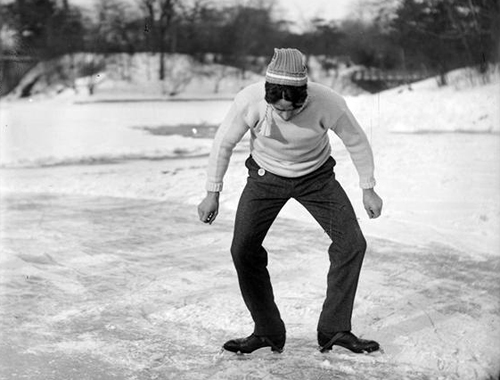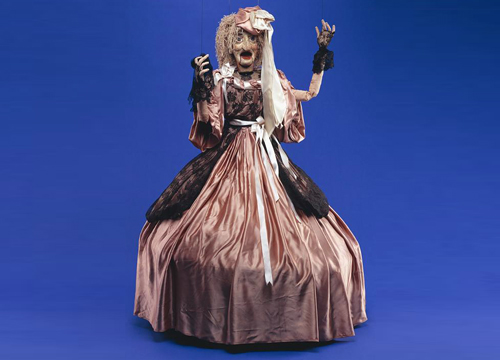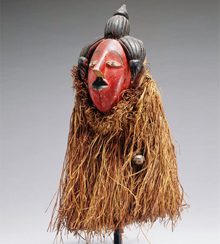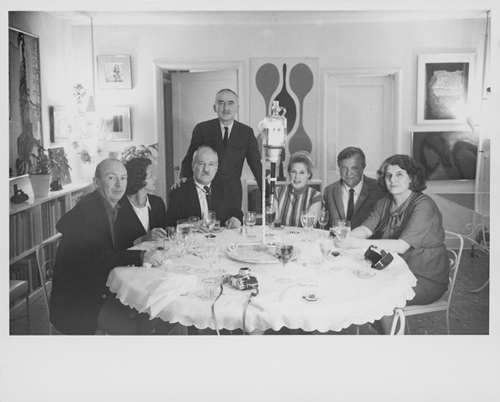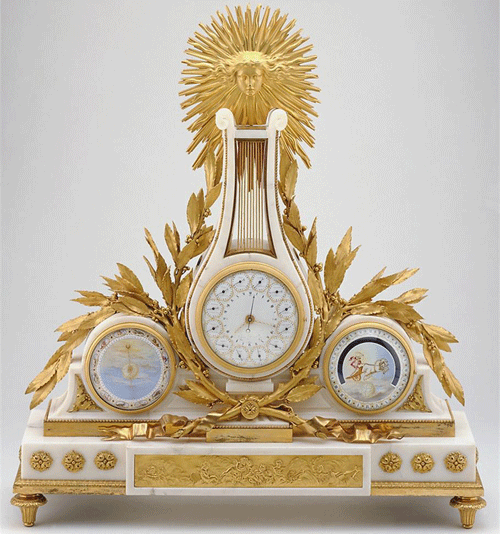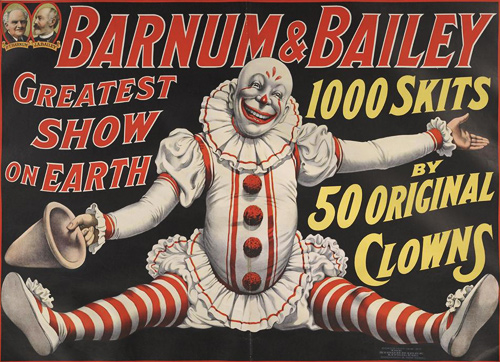This post has been updated to include new information about Artstor’s public collections, formerly made available in Shared Shelf Commons.
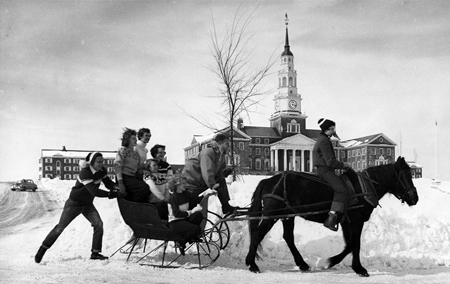
1952 Winter Carnival | Colbiana Photographs | Colby College Special Collections, Waterville, Maine
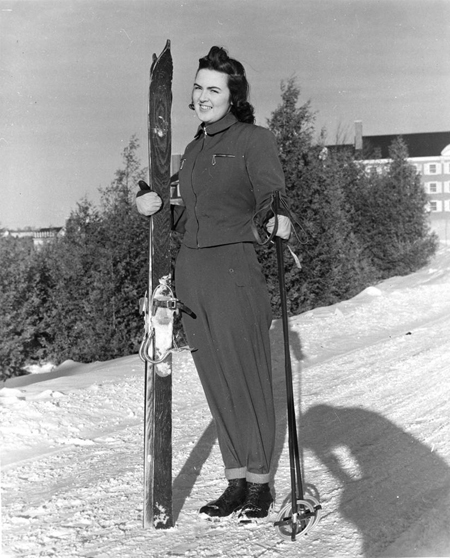
Virginia Duggan, Winter Carnival Queen | Colbiana Photographs | Colby College Special Collections, Waterville, Maine
Maine is famous for its winters, and understandably so – snow accumulation can reach up to 10 feet in parts of the state. This offers an irresistible opportunity for play, as you can see in these vintage photographs from the ’40s and ’50s.
The images come from the Colbiana Collection at Maine’s Colby College. The archive is composed of Colby’s historical records from 1813 to the present, and many of its photographs are openly available in Artstor’s public collections. Among the treasures to be found are the college’s first campus in downtown Waterville, the construction of the current campus on Mayflower Hill, as well as images of faculty and students making merry in the snow.
